In the current situation where natural disasters occur frequently and extreme weather conditions increase, the timeliness and flexibility of meteorological monitoring have become the key to emergency response. The small and portable weather station, with its features of "immediate use and rapid deployment", is transforming from a "dedicated tool" for professional institutions to a "standard equipment" at emergency sites, playing an irreplaceable role in disaster prevention and mitigation as well as emergency response.
Traditional meteorological stations mostly exist in the form of fixed sites, with limited coverage and lagging data updates. The WX-PQX12 compact and portable weather station has completely broken this limitation - it is small in size and light in weight (some models weigh only a few kilograms), and can be carried by a single person to the disaster site. It can be deployed within 10 minutes and transmit core data such as temperature, humidity, wind speed and air pressure in real time.
During the rainstorm disaster, a certain emergency rescue team carried a portable weather station deep into the waterlogged area. By monitoring the changes in wind speed in real time, they accurately determined the safe window period for drainage operations, thus avoiding secondary disasters caused by strong winds. This flexibility of "going wherever needed" has enabled meteorological monitoring to shift from "passive waiting" to "proactive action", becoming the "thousand-mile eyes" of emergency command.
The core value of a small and portable weather station lies in its ability to quickly adapt to complex and ever-changing emergency scenarios. In the process of fighting mountain fires, it can monitor the wind speed, wind direction and humidity around the fire scene, providing data support for the fire brigade to plan the fire-fighting route and assess the risk of fire spread. In a chemical leakage accident, by monitoring temperature, air pressure and air flow, it helps the command center demarcate a safety isolation zone to prevent the spread of toxic gases.
The "convenience" of small portable weather stations is not only reflected in the physical aspect, but also in the high efficiency of data transmission. Through the built-in 4G module or iot card, monitoring data can be uploaded to the cloud platform in real time and simultaneously pushed to the emergency command center, on-site rescue teams and the public's mobile phones.
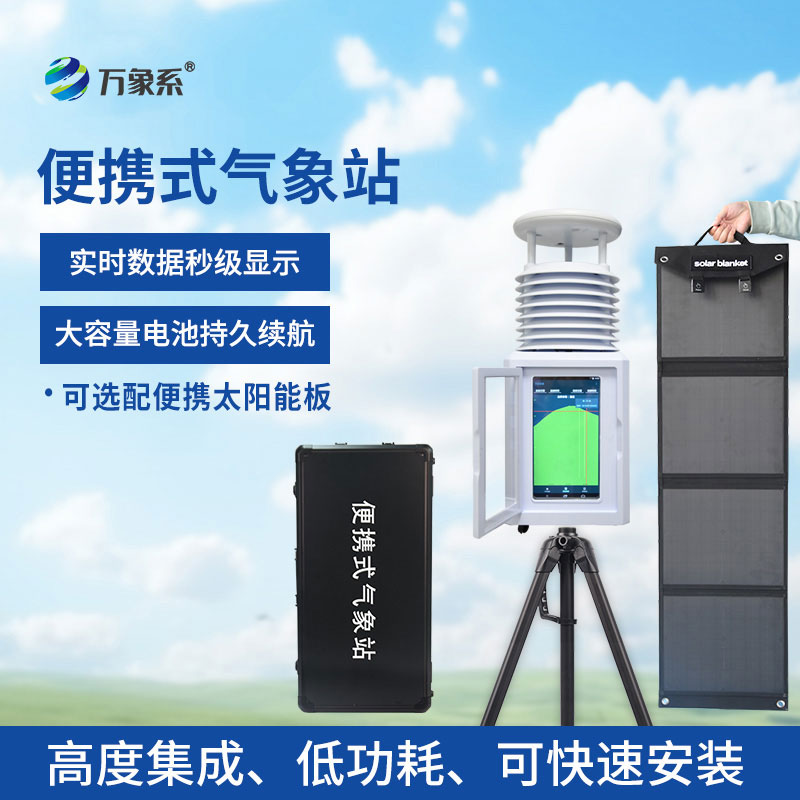
Article address:
http://www.qxhjjc.com/en/article/1597.html

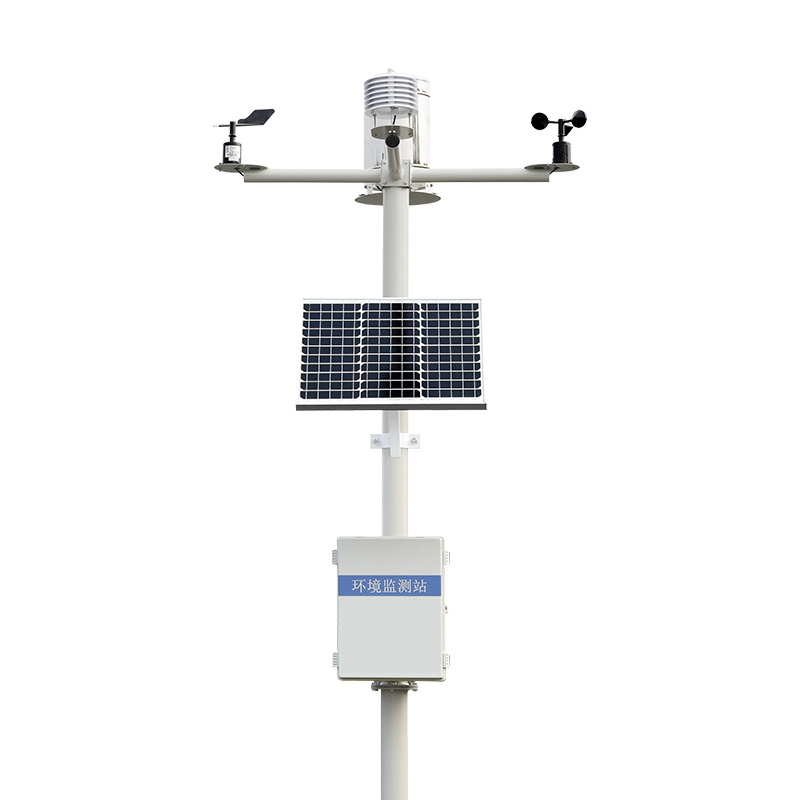
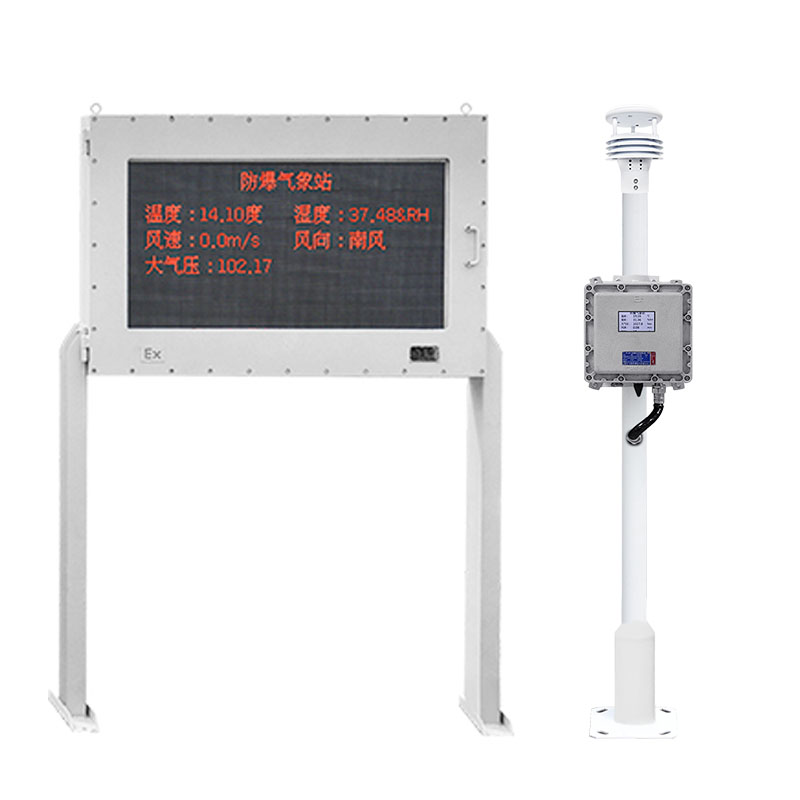
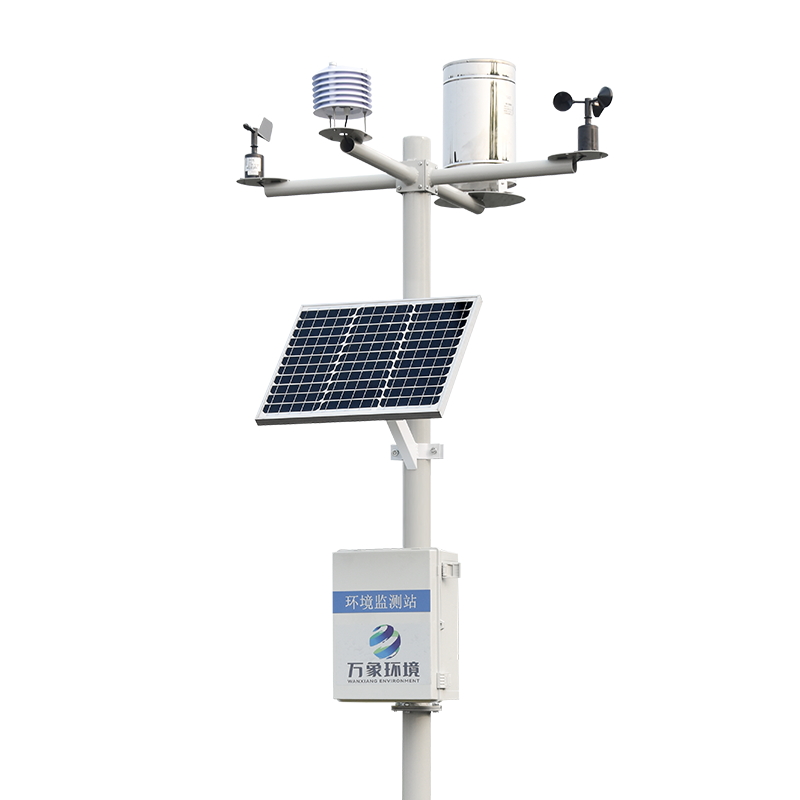
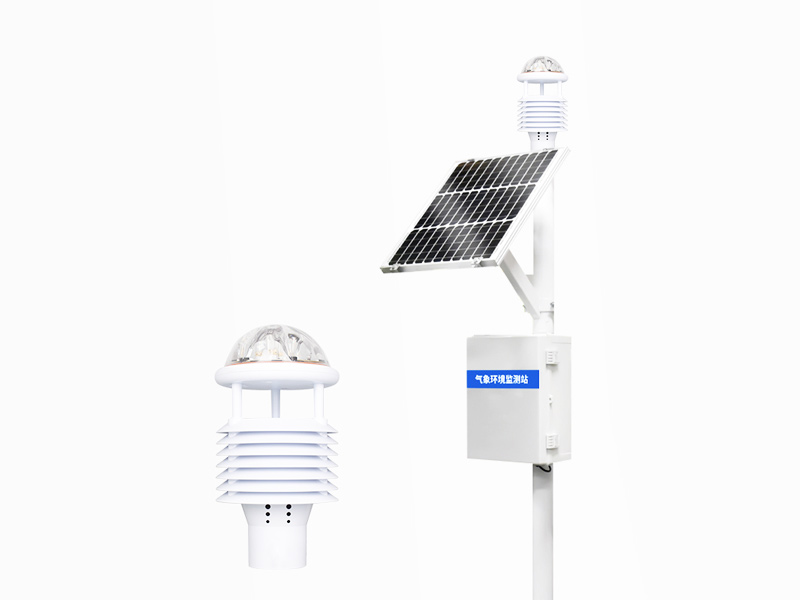
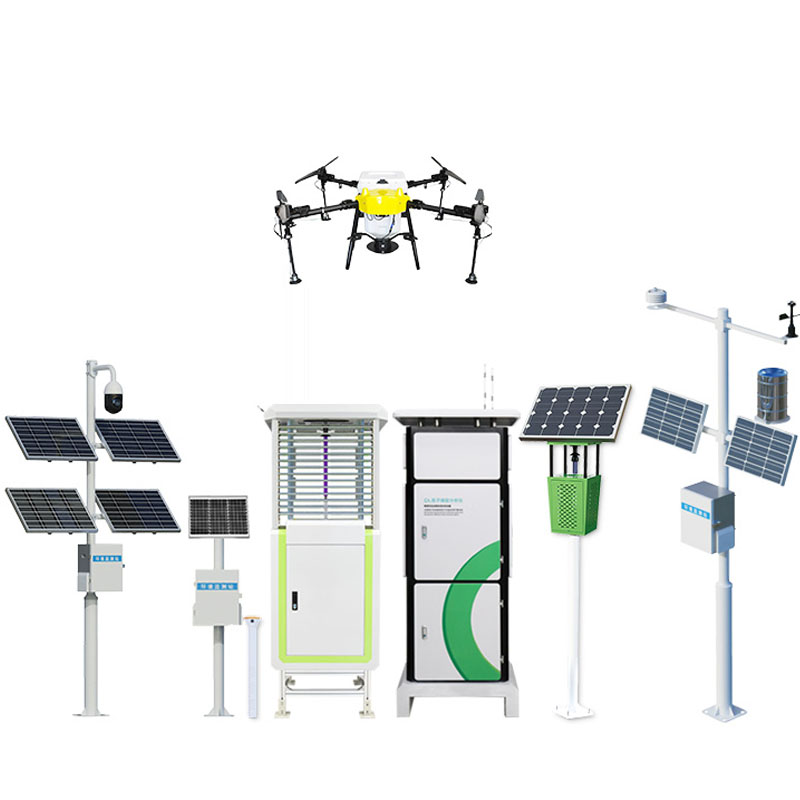






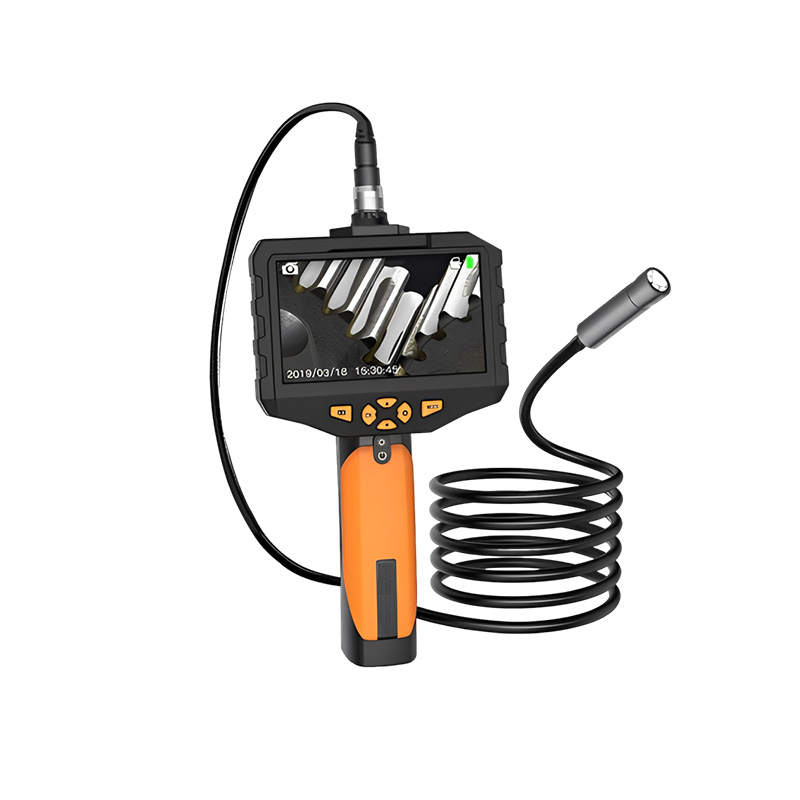
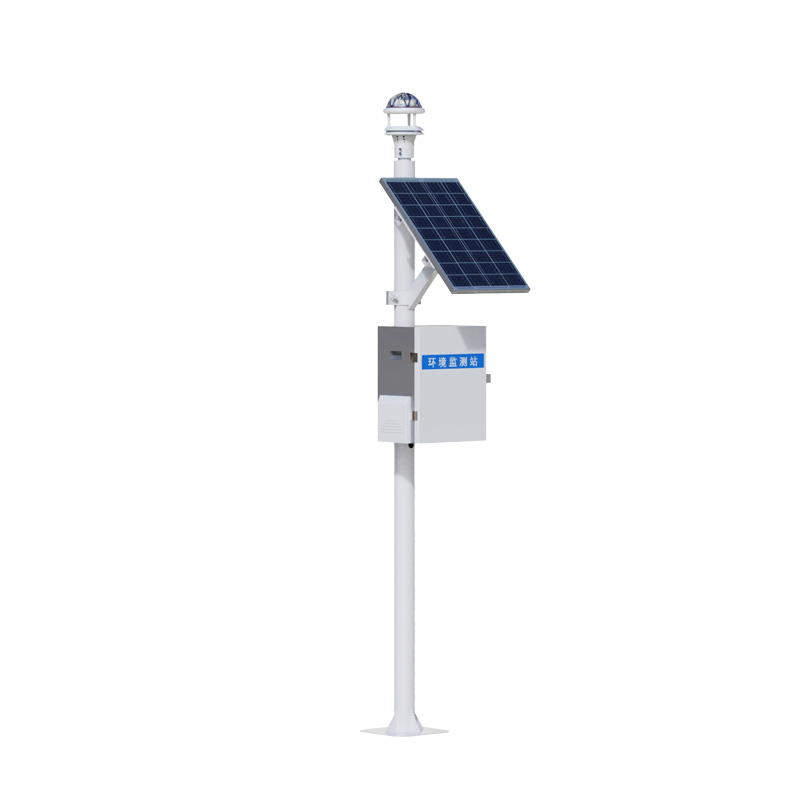

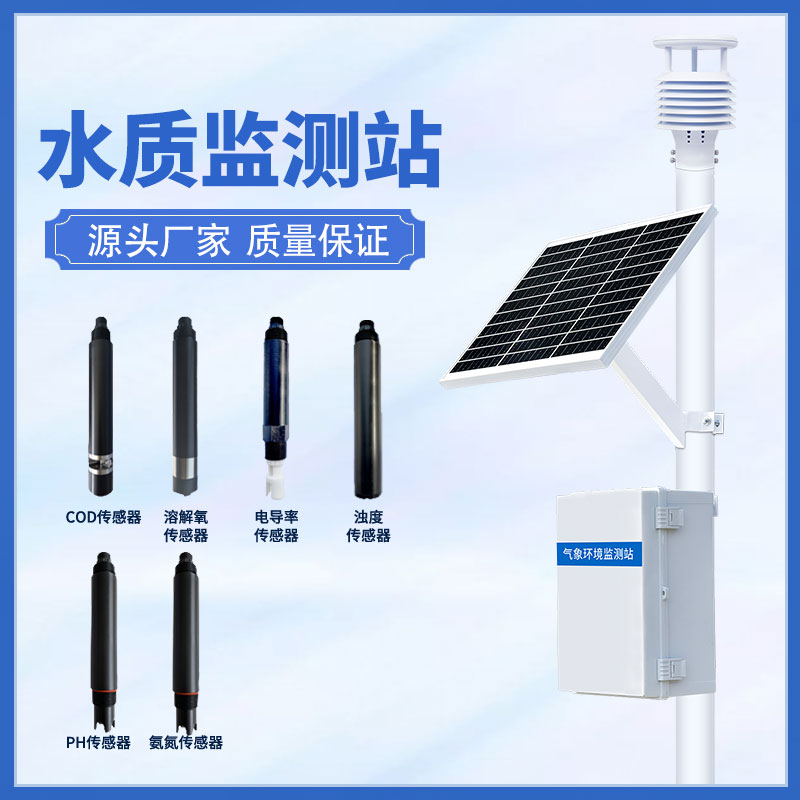


 Home
Home phone
phone Product Overview
Product Overview Contact Us
Contact Us